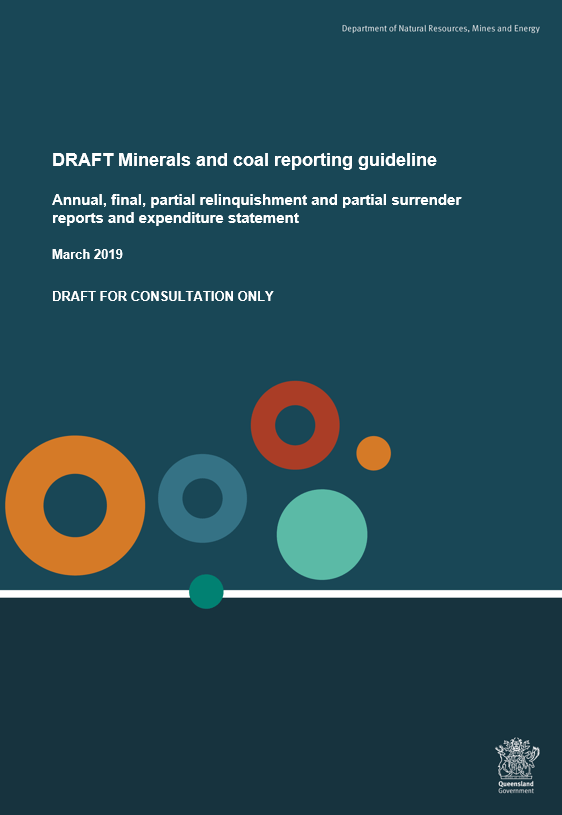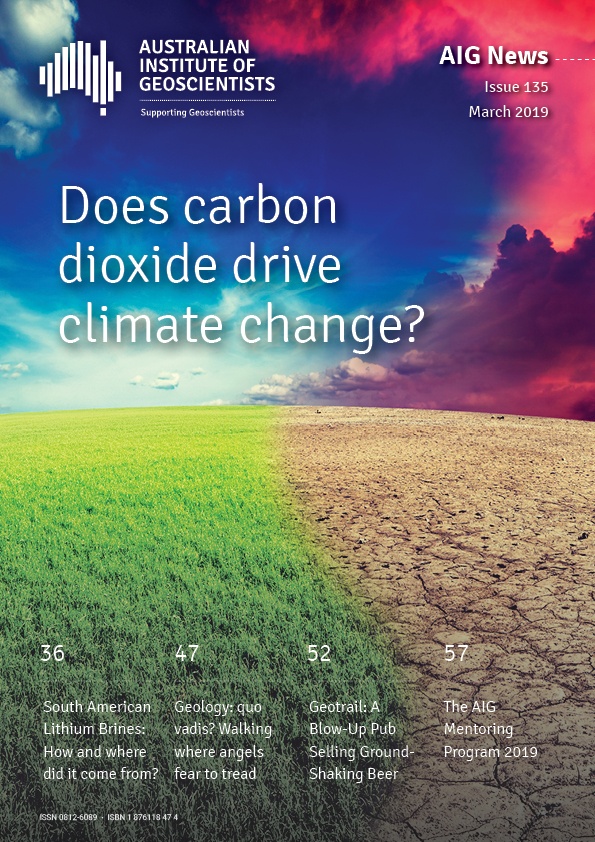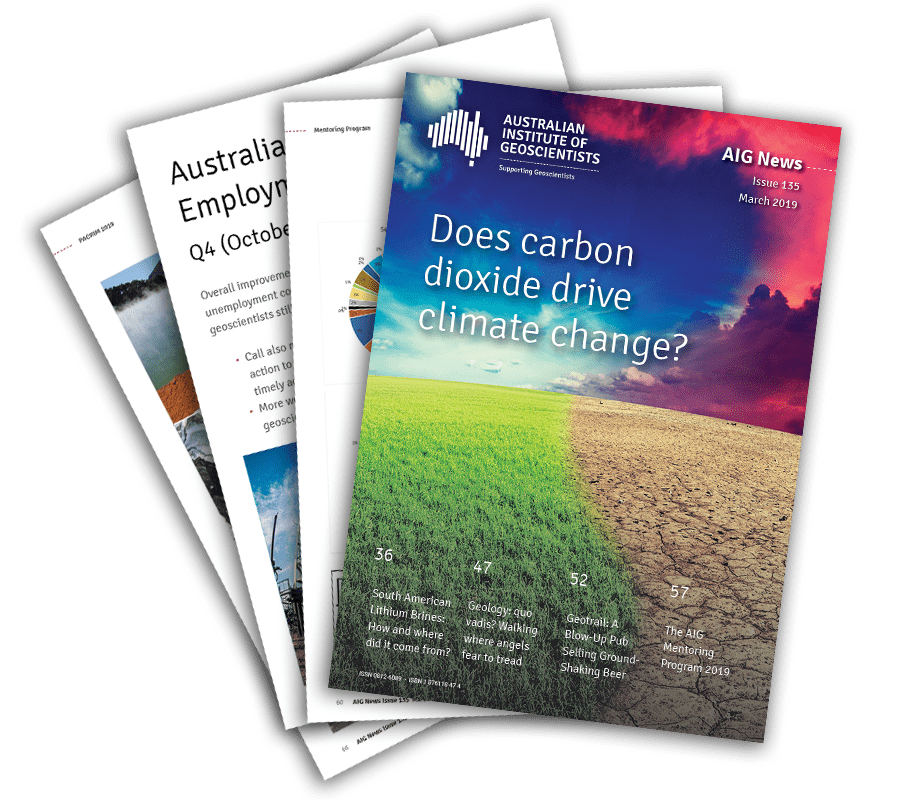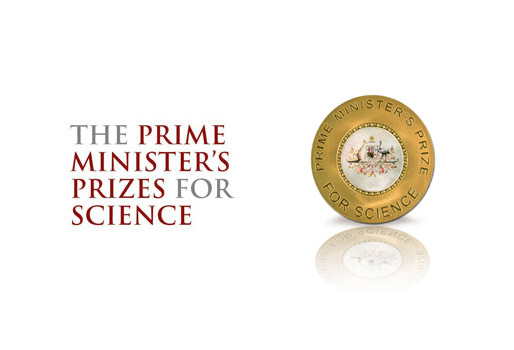Queensland’s new Draft Minerals and Coal Reporting Guideline is now available for consultation and feedback by industry.
The new Draft Guideline has been developed in consultation with industry. It simplifies and streamlines industry reporting requirements, reduces reporting duplication and red-tape, and improves data quality through the use of standardised, reporting templates and units of measure.
The new Draft Guideline has been developed in consultation with industry. It simplifies and streamlines industry reporting requirements, reduces reporting duplication and red-tape, and improves data quality through the use of standardised, reporting templates and units of measure.
Download a copy of the DRAFT Minerals and Coal Reporting Guideline here.

The new Draft Guideline lists reporting requirements that are already mandatory under existing Regulation, as well as additional information tha can be supplied and is considered good practice to report.
Throughout April and May 2019, officers from the Geological Survey of Queensland will work closely with industry to collect feedback on the draft guideline and accompanying submission templates, and make adjustments as required.
Send your feedback about the DRAFT guideline and submission templates to: geological_info@dnrme.qld.gov.au
The Draft Guideline is an important step in enabling a future of data driven exploration, where decision making across all aspects of the mineral and coal sectors is aided by accurate, relevant, high quality data and information. Thank you for your ongoing support of the department’s work to modernise the collection of geoscience information and the reporting of activities in Queensland’s mineral and coal sectors.
Tony Knight
Chief Government Geologist
Geological Survey of Queensland
Department of Natural Resources, Mines and Energy
 The latest edition of AIG News, the Australian Institute of Geoscientists member newsletter is now available in full colour and digital format and best of all FREE for all readers!
The latest edition of AIG News, the Australian Institute of Geoscientists member newsletter is now available in full colour and digital format and best of all FREE for all readers!
Now all AIG Members and Non Members can enjoy our FREE AIG Newsletter in digital format, including all previous editions. Please click here to see our archive of AIG News.
Download the latest copy of AIG News 135 below:
![]() For web: AIG News 135: Download as Single Pages PDF
For web: AIG News 135: Download as Single Pages PDF
![]() For web: AIG News 135: Download as Double Page Spread PDF
For web: AIG News 135: Download as Double Page Spread PDF
![]() For print: AIG News 135: Download as Single Pages PDF
For print: AIG News 135: Download as Single Pages PDF
![]() For print: AIG News 135: Download as Double Page Spread PDF
For print: AIG News 135: Download as Double Page Spread PDF
Inside this latest issue…
 Presidents Report; Institute News; Education Report; NSW Branch Report; Member Updates; Australian Geoscientist Employment Survey – Q4 (October to December) 2018 Results; Vale Tim Hopwood; Does carbon dioxide drive climate change?; AEGC 2019: Data to Discovery; South American Lithium Brines: How did the Lithium get there, and where did it come from?; Geology: quo vadis? Walking where angels fear to tread; A Blow-Up Pub Selling Ground-Shaking Beer – A Different Perspective on a Geotrail; The AIG Mentoring Program – building connections, careers, networks; Bipartisan support by the Coalition and Labor will help our resource sector dig deeper for Australia’s secure future; PACRIM 2019 – Registration now open; Events and more…
Presidents Report; Institute News; Education Report; NSW Branch Report; Member Updates; Australian Geoscientist Employment Survey – Q4 (October to December) 2018 Results; Vale Tim Hopwood; Does carbon dioxide drive climate change?; AEGC 2019: Data to Discovery; South American Lithium Brines: How did the Lithium get there, and where did it come from?; Geology: quo vadis? Walking where angels fear to tread; A Blow-Up Pub Selling Ground-Shaking Beer – A Different Perspective on a Geotrail; The AIG Mentoring Program – building connections, careers, networks; Bipartisan support by the Coalition and Labor will help our resource sector dig deeper for Australia’s secure future; PACRIM 2019 – Registration now open; Events and more…
AIG News is optimised to be read with Adobe Reader. Versions are available for printing (with Adobe Reader version 4.1.3 or later) or either reading on-line or downloading for reading off-line with your laptop or tablet (with Adobe Reader version 6.1.5 or later). Both versions have been tested and are compatible with Apple Preview and iBooks for Mac and iPad users.
If you experience any difficulty accessing and reading AIG News using the Adobe Reader versions listed here technical support is available.
We hope that you enjoy the latest AIG News and welcome your feedback.

The deadline for the submission of abstracts for papers and posters proposed for presentation at AEGC 2019 in Perth this September has been extended until Friday 5 April 2019.
The first Australian Exploration Geoscience Conference held in Sydney last February provided a unique opportunity to hear the experiences of geoscientists in exploration geophysics, petroleum geoscience and all facets of mineral exploration in Australia and internationally.
Take advantage of the early bird registration offer. Visit the conference web site for full details.



Nominations for the seven prizes are open—they range from the Prize for Science to a prize for New Innovators, and prizes for science teaching excellence. Entries close Tuesday 12 March. More information available on the website.
The initial entry process has been simplified.
Again, applications close: 12 March 2019 5:00 pm AEDT
Australian Geoscientist employment survey results for Q4 2018 released.
The latest quarterly Australian geoscientist unemployment survey for the final quarter of 2018, conducted during January 2019, revealed a slight increasein geoscientist unemployment, from 8.3% at the end of September, to 9.1% at the end of December 2018. Underemployment amongst self-employed geoscientists, however, rose significantly from 12.9% to 18.5% for the same period.
However, despite the dip for the past quarter, the new results pointed to evidence of an overall improving job trend since June 2016.
“This latest quarterly result is disappointing”, Australian Institute of Geoscientists spokesperson, Mr Andrew Waltho said today, “coming at a time when there was genuine optimism regarding an improvement in exploration activity, several, significant new mineral discoveries, and speculation regarding potential skills shortages facing the exploration and mining sectors”.

“Both the Federal Government and Opposition have announced initiatives to support mineral exploration research if elected in the May Federal election, but no-one is talking about improving processes facilitating equitable and timely access to land for exploration,” Mr Waltho said.
“In fairness, this is a state issue, but we are still seeing bureaucratic and lengthy processes in operation that disadvantage the junior exploration sector in particular, with little sign of change,” Mr Waltho said.
The unemployment and underemployment situation varied widely between states. Unemployment was lowest in South Australia (5.3%), NSW and ACT (5.6%) and Victoria (5.9%), followed by Western Australia (8.3%). The results for Victoria and South Australia represent marked improvements on the previous, September quarter survey. Unemployment in Western Australia was 8.3%, up from 6.5%. Unemployment in Queensland jumped from 11.5% in the September quarter to 15.1% in this survey.

All states except South Australia saw little change or an increase in unemployment in the 12 months between December 2017 and December 2018, but an overall improving trend since June 2016 remains evident.
The underemployment rate in South Australia took some gloss off the positive unemployment figure, coming in at 36.8% for the quarter, followed by Queensland (24.2%), NSW/ACT (16.9%), Western Australia (14.9%) and Victoria (11.8%).
The survey attracted 391 individual responses. Too few responses were received from Tasmania and the Northern Territory for the reporting of state results.
Junior exploration and mining companies employ 29% of Australia’s geoscientists according to this survey, almost as many as major and mid-tier companies combined.
Cultural shift needed
“This amply demonstrates the importance of measures to help small employers avoid burning precious capital waiting for approvals before conducting productive exploration activities” Mr Waltho said.
“Small companies have a limited capital base on which is difficult to raise further funds and must be used productively if they are to survive,” Mr Waltho said.
“Early career geoscientists tend to be employed in greater numbers by major mining and exploration companies but this soon changes as geoscientists gain professional experience, suggesting that major companies need to look more closely at retaining talent by providing a more dynamic and professionally rewarding professional environment for their staff,” Mr Waltho said.


Women are represented almost equally in the geoscience staff of major, mid-tier and junior exploration companies. The overall proportion of women in the workforce remains low, but large, mid-sized and junior companies don’t appear to either discriminate or be preferred sources of employment.
“Gender diversity in exploration and mining, long-considered to be a male dominated profession in Australia is changing rapidly” Mr Waltho said. “Almost half of the early career geoscientists (0-5 years’ experience) who responded to this latest survey were women,” Mr Waltho said. “The sector is clearly creating career opportunities for women that are being taken up and we need to ensure that this trend continues through measures to promote and preserve gender diversity,” he said.
“A drop in the proportion of women in the 5 – 10 year experience range is evident, but the proportion of women in the profession increases again in the 10 – 15 year range, suggesting, perhaps, that we are seeing the benefit of measures such as flexible employment and favourable parental leave provisions that enable geoscientists to mix raising a family with pursuit of a career. “This again, is something we need to build,” Mr Waltho said.

“The fact that we are seeing evidence pointing to this is a real positive for both the exploration and mining industry and our profession,” Mr Waltho said.